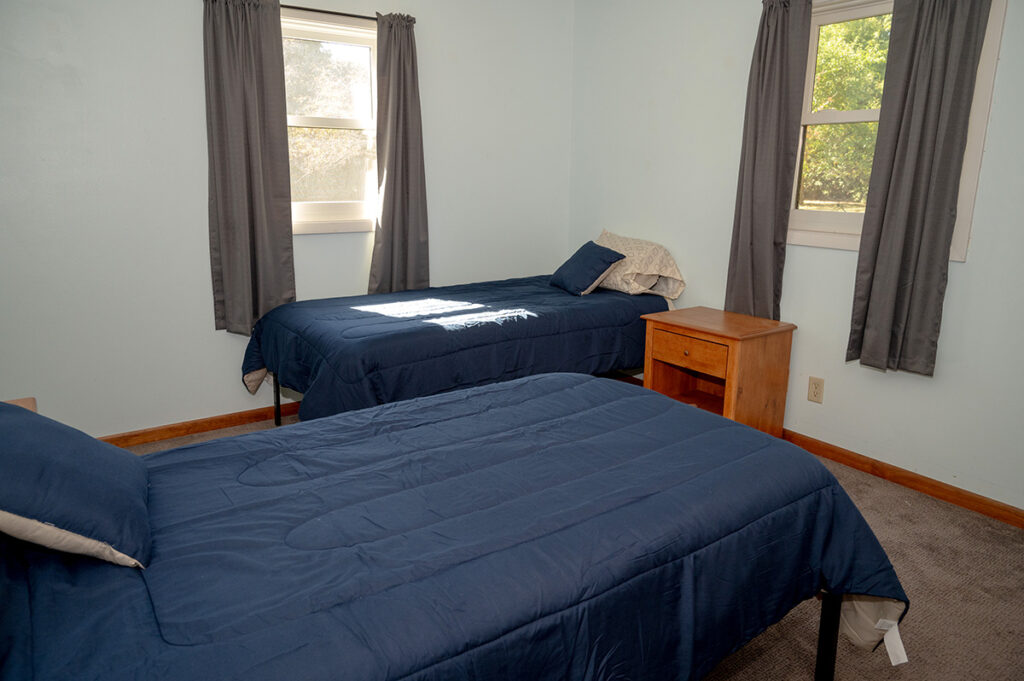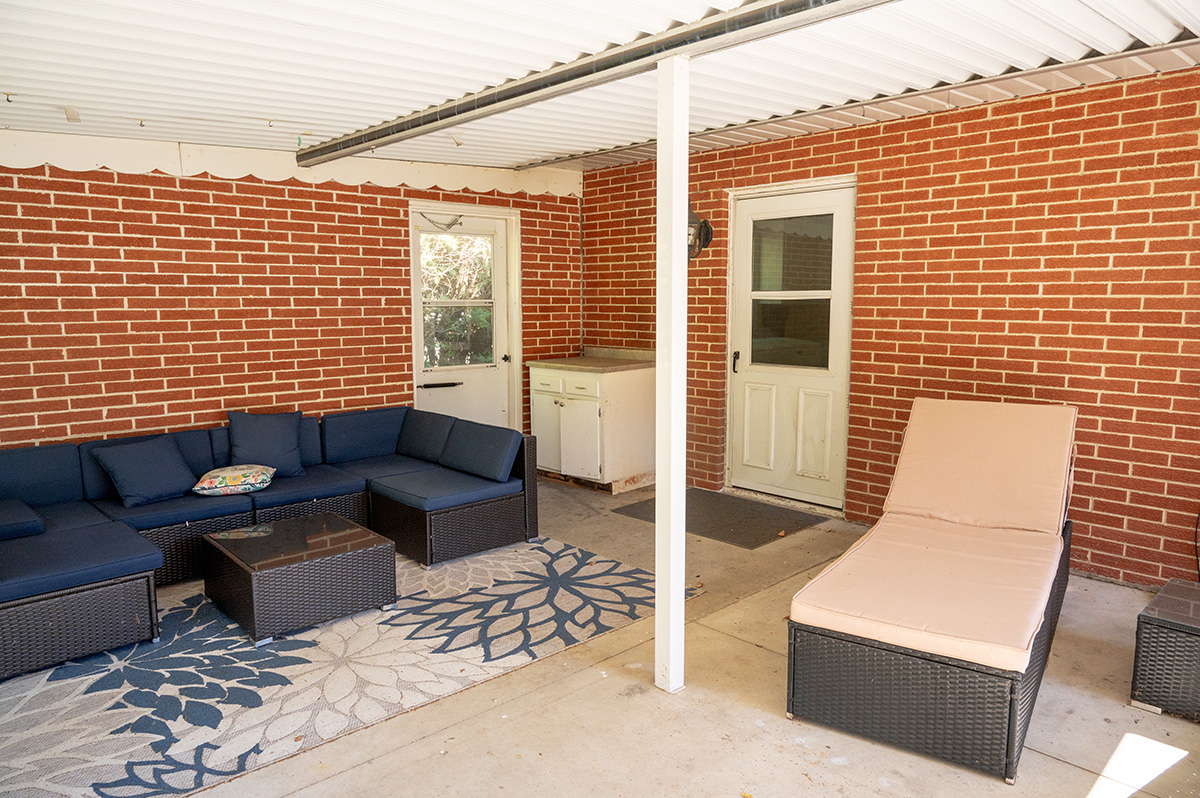The Door County Board of Supervisors passed the 2025 budget after County Administrator Ken Pabich presented a summary and review at a public hearing on Nov. 12. There were no comments or input from the public and the budget passed unanimously.
Expenses for 2025 total $113,106,122 and revenue is expected to be $81,086,084. The tax levy amount contributed to the 2025 budget is $32,020,038, amounting to a tax rate of approximately $2.42 per $1,000 of property value.
In 2024 that rate was $2.61 per $1,000, for a decrease of 7.15% in the property tax rate for 2025.
Another thing impacting the 2025 budget process is county sales tax revenue. Door County sales tax is .5 percent and Pabich reported that 2024 sales tax revenue was $1.4 million higher than the amount budgeted.
Some of this growth in sales tax can be partially attributed to inflation and higher costs of goods over the last few years, he said.
Paying attention to those trends, the county finance committee projected what the county will collect in sales tax in 2025, and according to Pabich, “we do that in a more conservative nature because if we’re short, it’s a deficit, right?”
Worth noting as well, according to Pabich, the health insurance premiums for county employees have increased by zero percent. Usually benefits go up in cost, he added.
However, Pabich cautioned that the county is in collective bargaining negotiations for county sheriff department and emergency medical responder wages and benefits, so the final numbers are not yet available.
Pabich also highlighted some trends shown by Door County’s equalized values - property values used to calculate property taxes - over the course of the last 22 years. From 2002 to 2009, those values went from about $4.8 billion total to $7.4 billion and then flattened until 2021.
From 2022 to the present, property values in Door County grew “quite significantly and quickly”, said Pabich, from $8.4 to $13.2 billion. This jump is contributing to some of the county’s most recent affordable housing issues, he pointed out.
However, though the increase in property values the last two years is sharper than it was over a decade ago, the curve is beginning to flatten slightly, Pabich observed.
Additionally, tax levy funds are 28 percent of overall revenue for the county which was worth noting, he reported. State and federal aid and/or grants make up the next biggest source of revenue at 20 percent.
The 2025 county budget and summary is available online.
Sober living facility now open
A sober living home for women opened in Door County in October and has admitted its first two residents this month, according to Joe Krebsbach, Door County Health and Human Services director.
The facility, more than two years in development, has capacity for up to six residents, he said, but the City of Sturgeon Bay would have to approve a zoning variance for more than three women to live there.
A third and fourth individual are in line to live at the facility once they are finished with their residential treatment programs, Krebsbach said. The facility, which is managed by CORE Treatment Services and funded by HHS, will provide a stable and sober living environment as those in treatment for substance use disorder regain their footing and transition back into the community.

Women showed the highest need among clients seeking county alcohol and other drug services six months ago, Krebsbach noted, but now the need for men is greater than that for women. Client needs are unpredictable, but HHS is working on a temporary solution for a men’s home now, he said.
HHS is hoping to work with CORE to get some staffing in place by January for a home the county already owns, Krebsbach said. It would be enough to provide housing for one or two men in recovery.
It is not an ideal or long term space for the facility, he said, “but it’s better than where some of these guys are living now.”
From the beginning, there have been a lot of unknowns involved in the sober living facility project, Krebsbach added, but he believes one thing is certain:
“More people will start seeking help if they think there’s local help available.”

